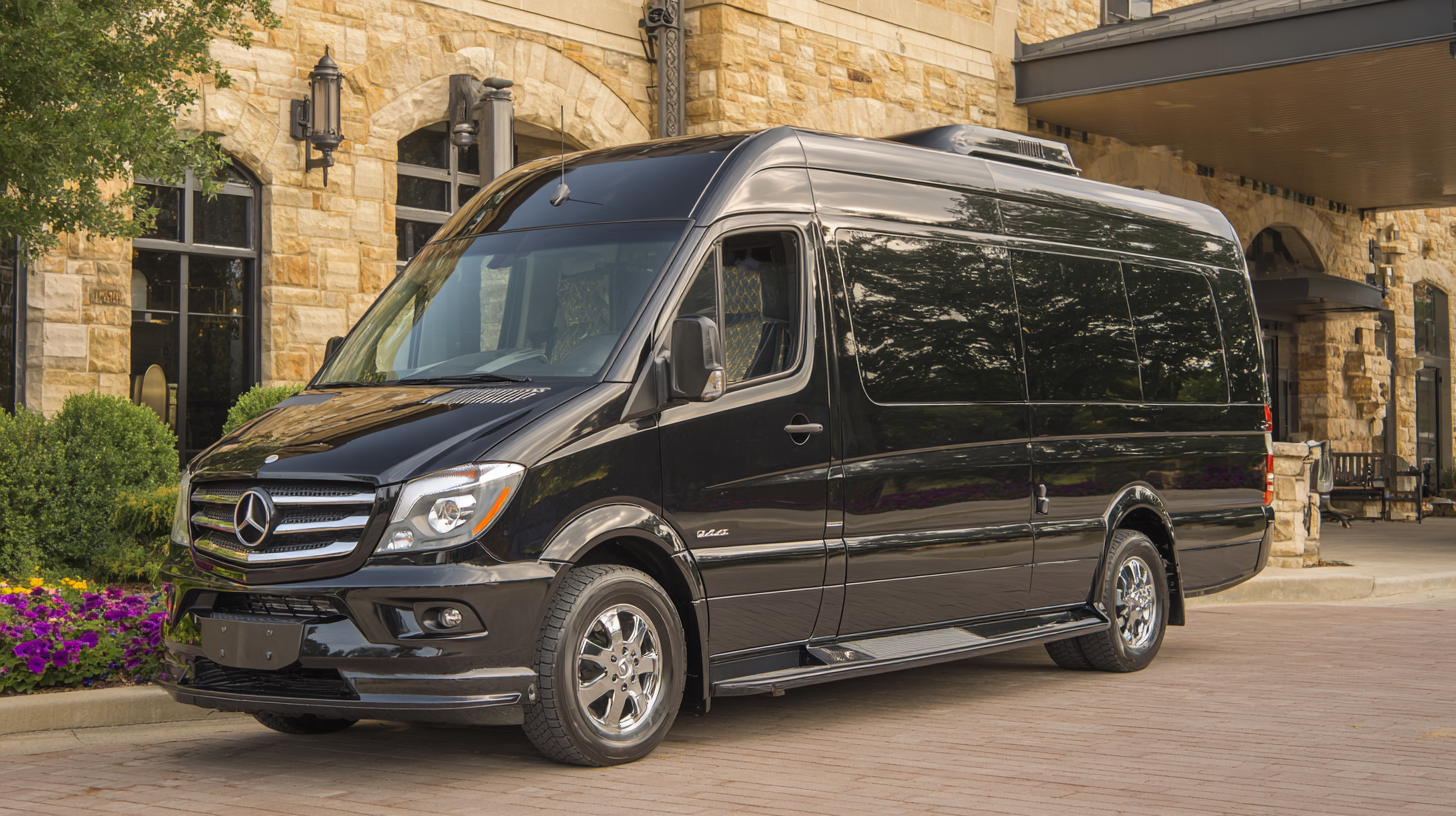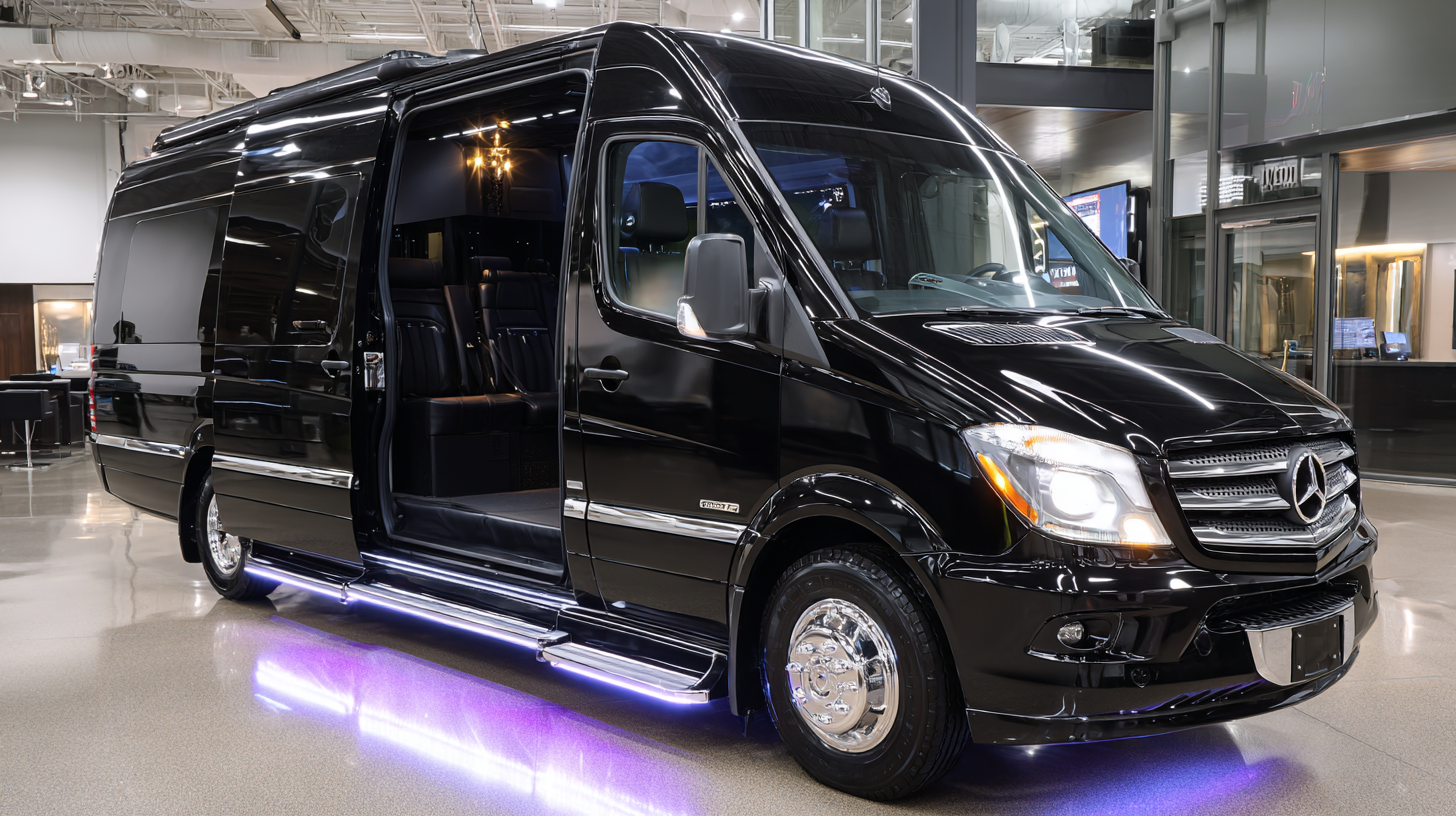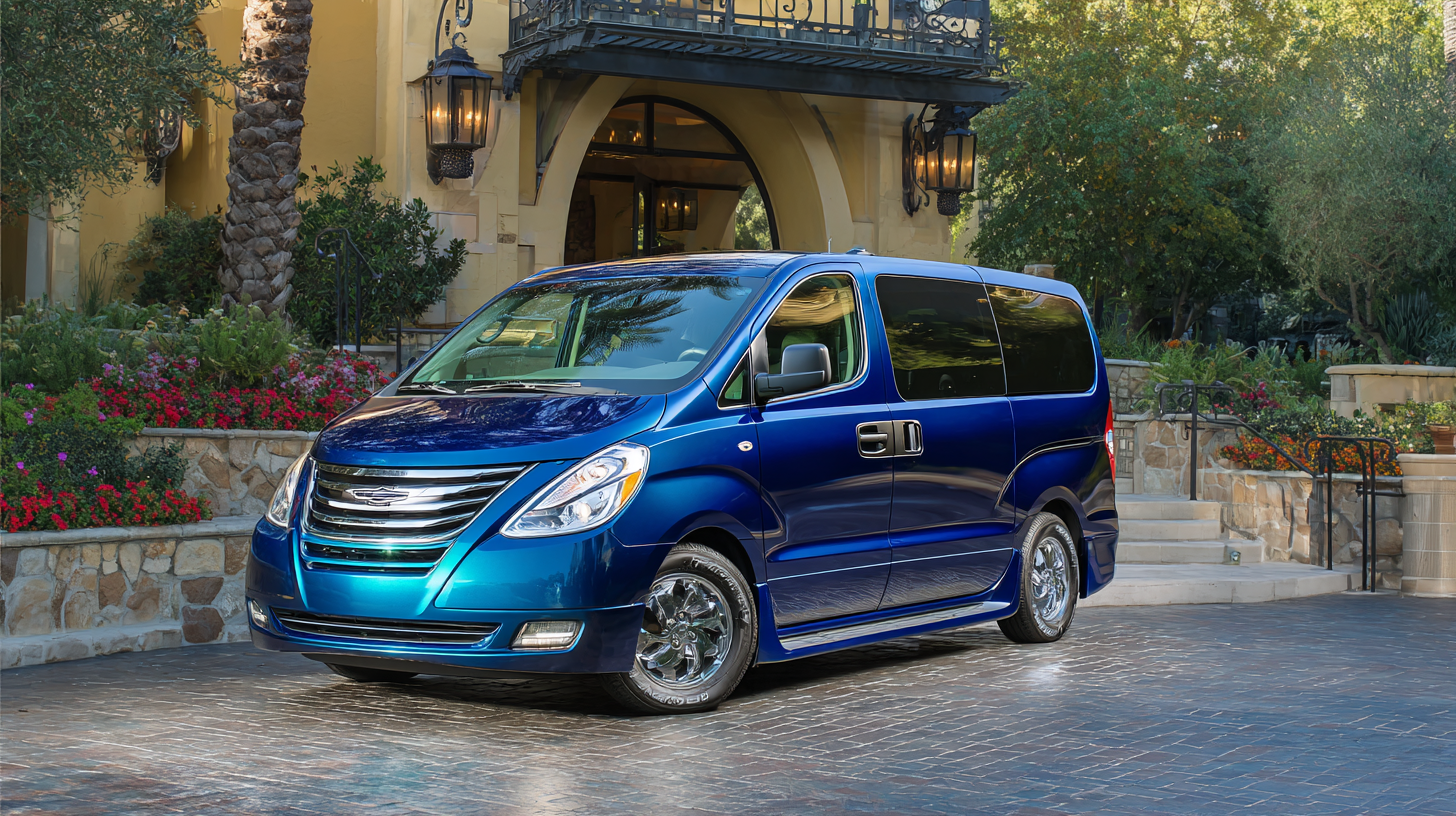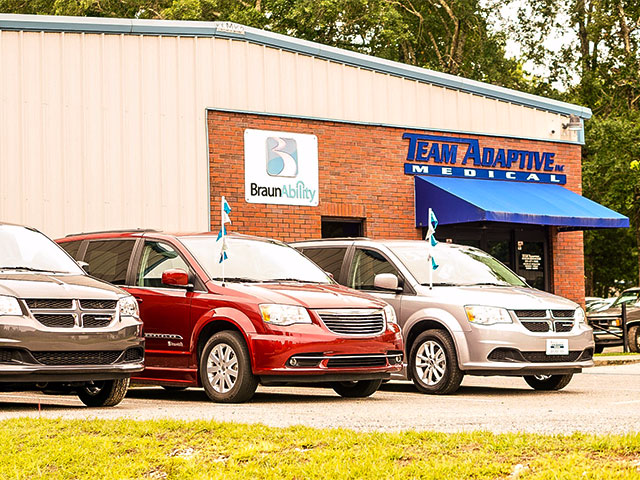
Challenges Faced When Choosing the Best Handicap Vans for Global Buyers
Choosing the best handicap vans can be a daunting task for global buyers due to a myriad of factors that come into play. With a diverse array of models and specifications available on the market, it becomes crucial to understand the detailed technical parameters that define each option. From wheelchair accessibility features to the reliability of the vehicle’s build, every aspect must align with the unique needs of the user. Additionally, navigating through local regulations, varying market prices, and distinct cultural preferences adds another layer of complexity to the decision-making process. This blog aims to explore the challenges faced when selecting handicap vans, providing valuable insights and practical tips to simplify the process for potential buyers worldwide. By the end, readers will be better equipped to make informed choices that meet their accessibility requirements and enhance their mobility experience.

Understanding the Diverse Needs of Global Buyers for Handicap Vans
When selecting the best handicap vans for global buyers, understanding the diverse needs of different markets is crucial. As consumer preferences evolve, the importance of affordability becomes increasingly evident. Many buyers are looking for vans that not only meet accessibility requirements but also provide value for money. Therefore, manufacturers must focus on creating affordable options without compromising on essential features like safety, comfort, and inclusivity.
The shift towards electric vehicles (EVs) is further complicating the landscape for handicap van buyers. While some markets embrace the technology, there remains skepticism in others regarding range and charging infrastructure. This trend highlights the need for manufacturers to tailor their offerings to meet specific regional demands. For instance, in densely populated areas, compact vans with efficient EV technology might be favored, while in regions where long-distance travel is necessary, extended range and charging options will be more critical. By addressing these diverse consumer attitudes, manufacturers can develop handicap vans that not only satisfy accessibility needs but also align with the evolving expectations surrounding vehicle technology in the global market.
Key Factors Influencing the Selection of Handicap Vans in 2025
When selecting handicap vans in 2025, global buyers face an array of key factors that significantly influence their decisions. One critical aspect is the rise in demand for accessible vehicles equipped with advanced technology. According to a recent report by the National Mobility Equipment Dealers Association (NMEDA), the global handicap van market is projected to grow by 6% annually, driven by innovations such as automated ramps and smart features that enhance usability for both drivers and passengers. Buyers are increasingly looking for vehicles that seamlessly integrate technology for safer and more convenient travel experiences.
Another vital consideration is the emphasis on customization to meet diverse needs. The American Association of People with Disabilities (AAPD) has noted that personalized options, such as different seating configurations and adaptive controls, significantly impact consumer satisfaction. A survey revealed that nearly 70% of potential buyers prioritize the availability of custom solutions when choosing a handicap van. As manufacturers focus on providing tailored features, consumer choices are expanding, making it essential for buyers to assess their specific requirements thoroughly before making a purchase.
Technological Innovations Shaping the Future of Handicap Vans
The evolution of handicap vans has been significantly influenced by technological innovations, which strive to enhance accessibility and convenience for users. One prominent advancement is the integration of smart technology, allowing drivers and passengers to control various features through mobile apps or voice-activated systems. This not only simplifies the process of operating the vehicle but also enhances safety and independence for individuals with disabilities, making every journey a more enjoyable experience.

Another transformative development is the use of electric and hybrid engines in handicap vans. These vehicles not only provide a greener alternative to traditional combustion engines but also offer a smoother ride, which is particularly beneficial for passengers with mobility challenges. Moreover, advancements in wheelchair securement systems and adjustable seating are prioritizing user comfort and security. As these technologies continue to evolve, they promise to reshape the landscape of mobility solutions, ensuring that handicap vans meet the diverse needs of global buyers seeking both functionality and convenience.
Navigating Regulations and Standards for Global Handicap Van Purchases
When considering the purchase of handicap vans on a global scale, understanding the varying regulations and standards is crucial. Different countries impose unique safety and accessibility requirements that can significantly impact vehicle design and functionality.
Buyers need to be aware of local laws regarding wheelchair accessibility, restraint systems, and emissions standards, as these requirements often dictate the suitability of a van for users with mobility challenges.
Moreover, the certification process for these vehicles can vary widely. In some markets, specific modifications must be certified by governmental bodies, while in others, third-party verification may suffice. This can complicate the purchasing process for global buyers who must ensure that the vans not only meet their needs but also comply with all necessary regulations.
As such, potential buyers are encouraged to engage with local experts who can provide guidance on navigating these legal landscapes, ensuring that the chosen vehicle adheres to the standards necessary for safe and effective use.
Cost-Benefit Analysis: Investing in the Right Handicap Van for Your Needs
When investing in a handicap van, conducting a thorough cost-benefit analysis is crucial to ensure that the vehicle meets your specific needs and offers long-term value. The initial purchase price of a handicap van can vary significantly based on features, brand, and customization options. However, understanding the total cost of ownership—including maintenance, insurance, and fuel efficiency—is essential. Buyers should not only consider the upfront costs but also evaluate how the van will improve their daily lives, offering greater independence and mobility.

Moreover, it’s important to assess the functional benefits of the van against its cost. For instance, a more expensive model might feature enhanced accessibility options, better safety ratings, or superior comfort. These elements can greatly impact the user experience and overall satisfaction. Potential buyers should take the time to weigh these benefits against their budget, aiming to find a balance that maximizes their investment while catering to their unique requirements. By carefully analyzing these factors, global buyers can make informed decisions that align with their needs and ensure they select the best handicap van for their lifestyle.












